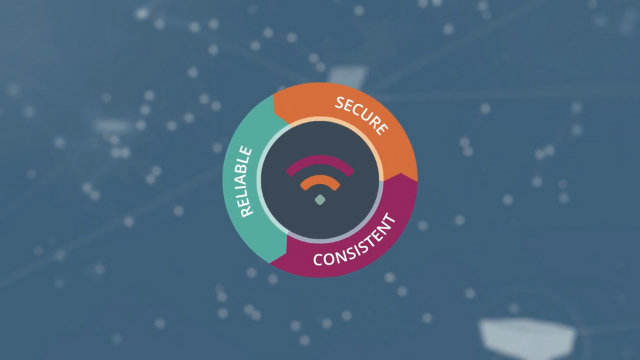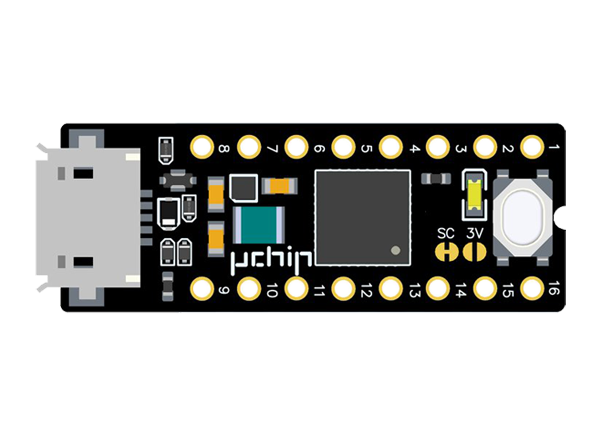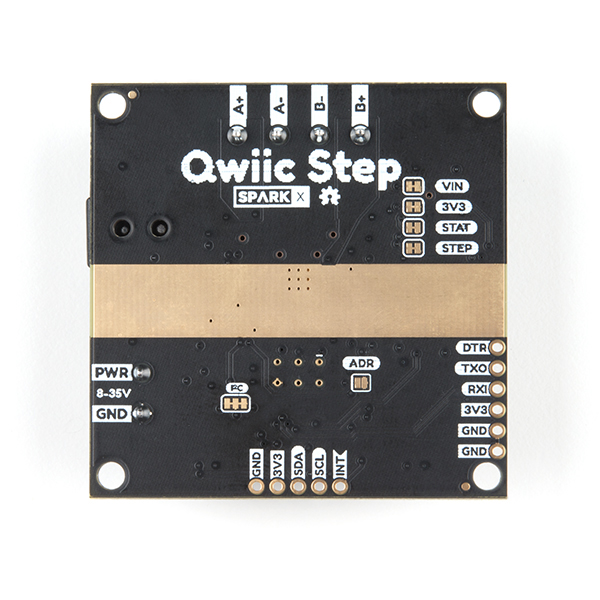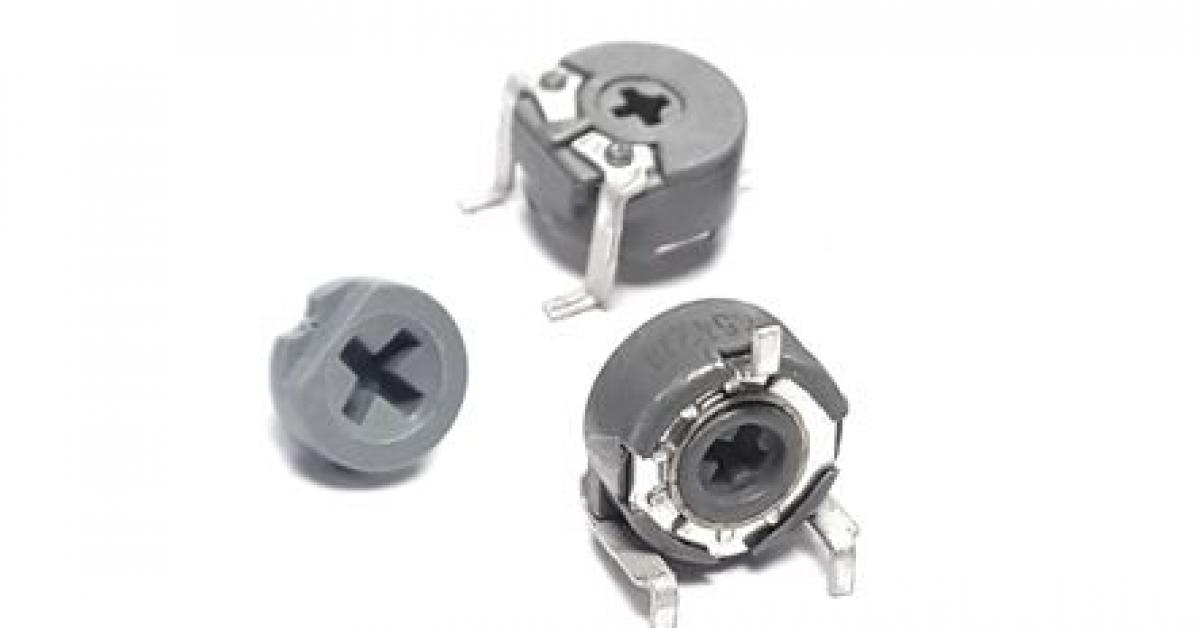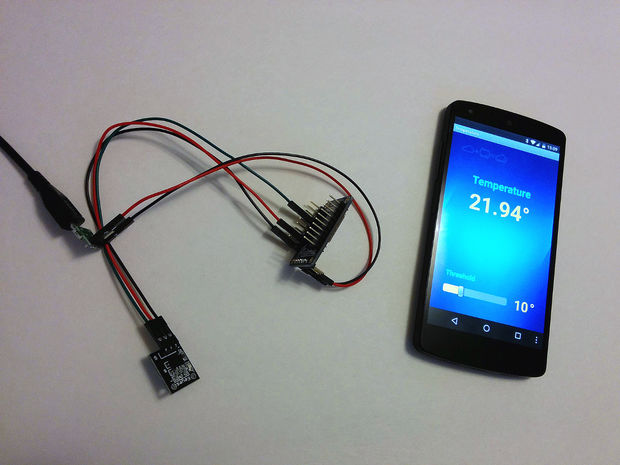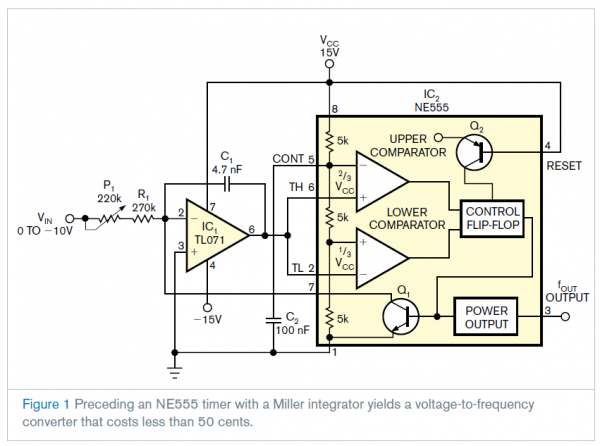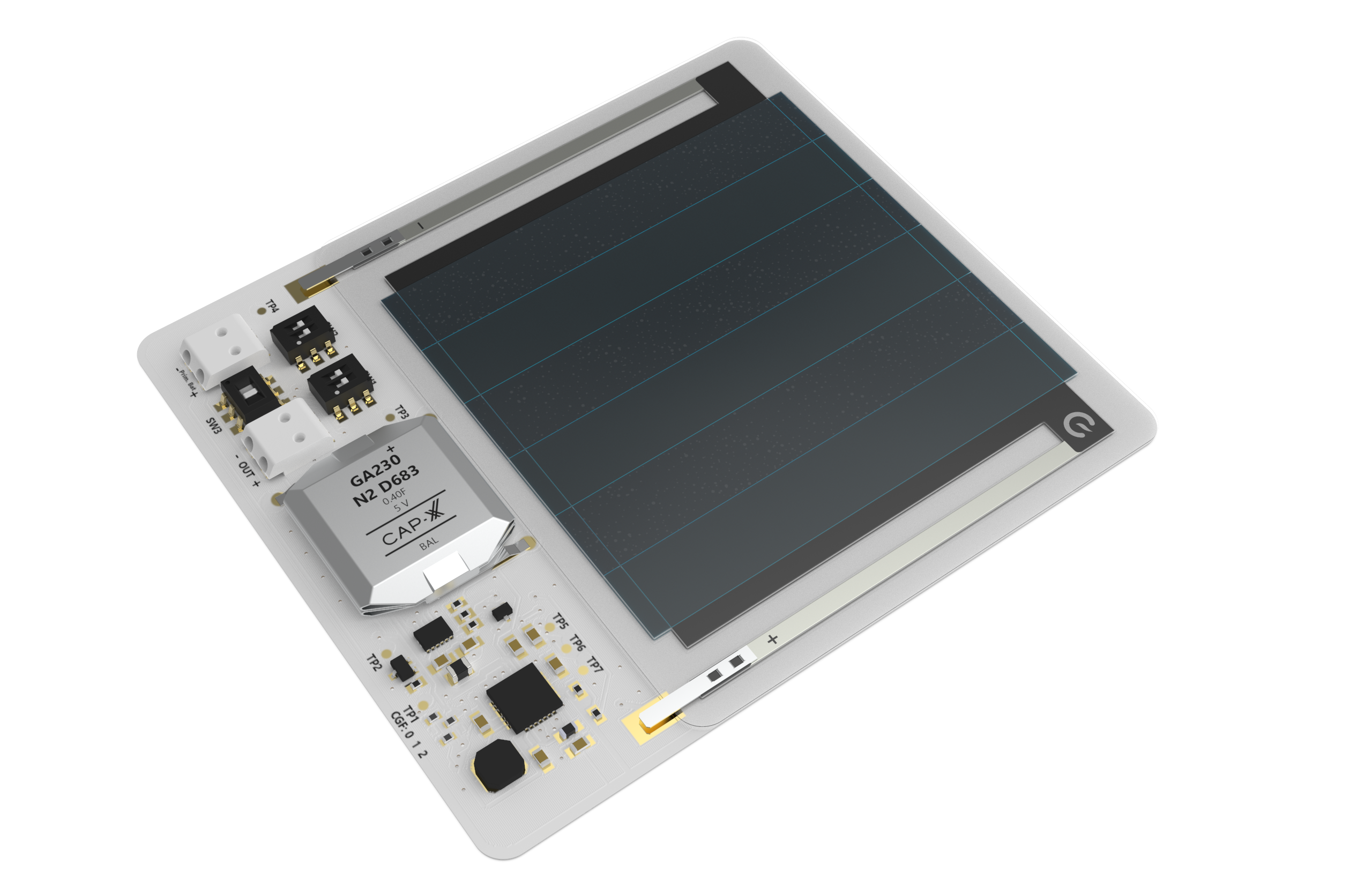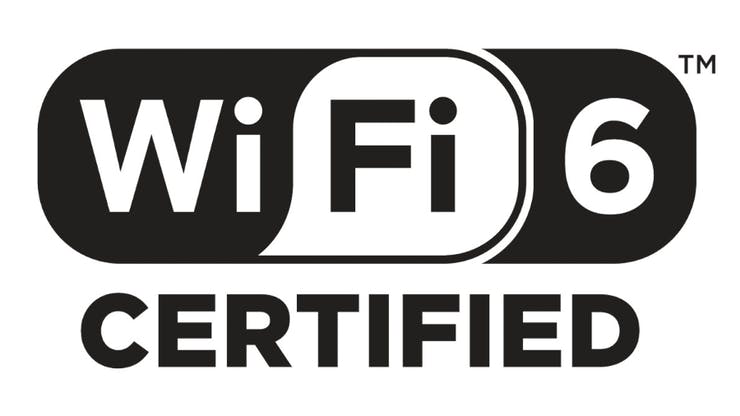
Wi-Fi Certification 6 Release 2 Offering Improved Uplink Performance And Power Management Features
Wi-Fi Alliance recently announced Certification 6 Release 2 offering new features for advanced Wi-Fi communication-based applications. The adoption of Wi-Fi Certification 6 gives credibility to the manufacturer and due to the increasing demand, the Wi-Fi Alliance looks for revolutionizing the features for Wi-Fi use cases. The two new offerings deal with Wi-Fi uplink performance and power management.
Wi-Fi delivers advanced capabilities that have driven tremendous global innovation, paving the way for massive growth in Wi-Fi applications that users rely on every day,” said Edgar Figueroa, president and CEO, Wi-Fi Alliance. “Wi-Fi CERTIFIED 6 Release 2 furthers Wi-Fi’s evolution to address today’s market needs, and supports more high-performance Wi-Fi scenarios with greater capacity, efficiency, and reliability.
The ever-increasing device density which demands bandwidth has, in turn, resulted in more uplink data in residential and enterprise surroundings. The new version supports uplink multi-user MIMO, which allows devices to upload content simultaneously to an access point. The uplink data has been increasing because the users have started uploading documents and videos to the cloud with the trend for cloud storage. IoT applications have surged over the last decade require edge devices to receive a huge volume of data and transmit it to the cloud via Wi-Fi, which again comes under uplink data consumption.
Multi-user MIMO aims to improve network performance and reduce latency for video conferencing, uploading documents, videos, and other applications requiring more uplink capacity. Wi-Fi 6 is seen in many embedded hardware and the adoption has significantly increased in public and private sectors, driving innovation in a wide range of applications that depend on Wi-Fi wireless communication technology.
The power management feature also brings improvements for IoT devices to the edge. Low-powered and advanced sleep modes including broadcast target wake time, extended sleep time, and dynamic multi-user spatial multiplexing power save have taken the innovation to a next level optimizing battery-powered devices. All these features enabled several devices to receive extended sleep periods and only wake-up times for transmitting data.
For more information on the new enhancements, head to the press release.
[Image Credits: Hackster]




